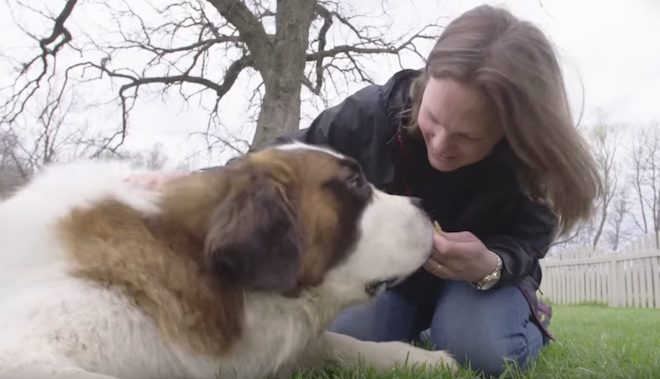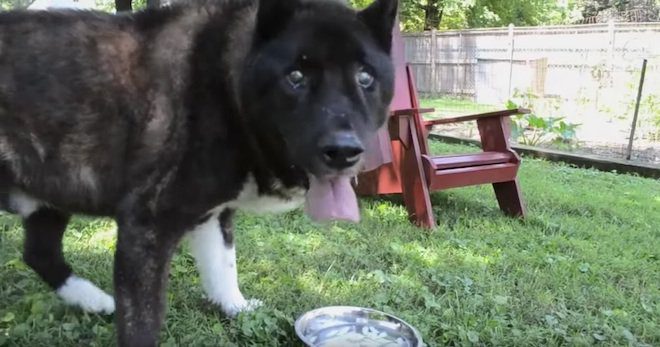Canine Hip Dysplasia: Symptoms, Diagnosis, Treatment and Prevention
Hip dysplasia is one of the most common skeletal diseases in dogs and affects millions of dogs worldwide. As the disease progresses, a dog’s hip joints degenerate, causing increased pain and mobility issues for the dog. If left untreated, a dog will eventually be unable to use his/her hind legs and suffer extreme pain. However, the vast majority of dogs with hip dysplasia can lead full and active lives if the disease is diagnosed early enough and proper treatment is given and maintained.
Causes
The condition is caused by a looseness in a hip joint that should be tight. If the ball and socket of the hip joint do not sit properly, the friction causes degeneration of the joints, which eventually leading to loss of function in the hip joints.
Hip dysplasia is caused by a number of genetic and environmental factors.
- Some dogs can be born with hip dysplasia (often referred to as early onset hip dysplasia). From an inheritance perspective, it is a complex disorder with multiple genes involved. Therefore, it is not something easily eradicated from a particular breed or lineage.
- Dogs can also develop the disease in later years with the onset of arthritic conditions (often referred to as later onset hip dysplasia).
- Environmental factors can also cause hip dysplasia. These can include: rapid weight gain and obesity, nutritional factors, poor hind limb muscle development, pelvic injuries, or repetitive strain injuries.
Early onset cases of hip dysplasia usually develops after four months of age. In young dogs, there is a laxity or joint looseness that develops as the dog grows. For later onset cases, the cause is usually due to a form of arthritis called osteoarthritis, which causes the joint cartilage to deteriorate. The onset can also be due to extreme “wear and tear”, often seen in working dogs, such as K9s and Search and Rescue animals who work on hard surfaces over many years.
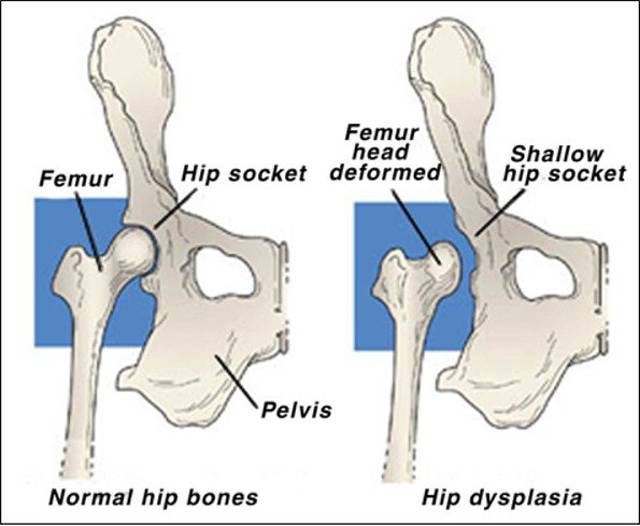
Breeds Affected
Hip dysplasia can affect all breeds, including mixed breeds. However, it is affects large and giant breeds more commonly than small ones. Some breeds ;are more genetically susceptible to hip laxity have higher instances of hip dysplasia, such as:
- German Shepherd Dogs
- Golden Retrievers
- Labrador Retrievers
- Rottweilers
- Great Danes
- Saint Bernards;
- Mixed breeds
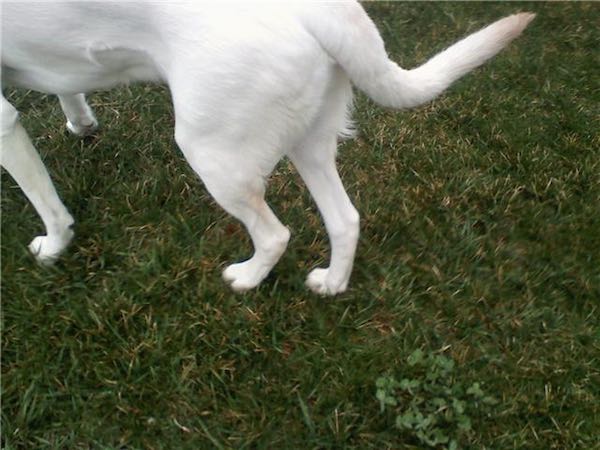

Symptoms
Symptoms depend on the degree of joint looseness or laxity, the degree of joint inflammation, and the degeneration present. It’s important to note that the pain levels in a dog do not always correlate with the progression of the disease. Some dogs with mild dysplasia may experience extreme pain. Whereas dogs with severe dysplasia may appear to be coping quite well.
Common signs of hip dysplasia include:
- Exercise intolerance
- Bunny hopping (especially up stairs)
- Swaying gait (rear end moves back and forth in pronounced fashion)
- Stiffness/pain
- Difficulty getting up from lying or sitting positions
- Sitting in “frog” position (one hip splays out)
- Reluctance to run, jump, climb stairs
- Evinces pain when touched
- Hind-limb lameness, often worse after exercise
- Back legs more close together than front legs (eg narrow stance)
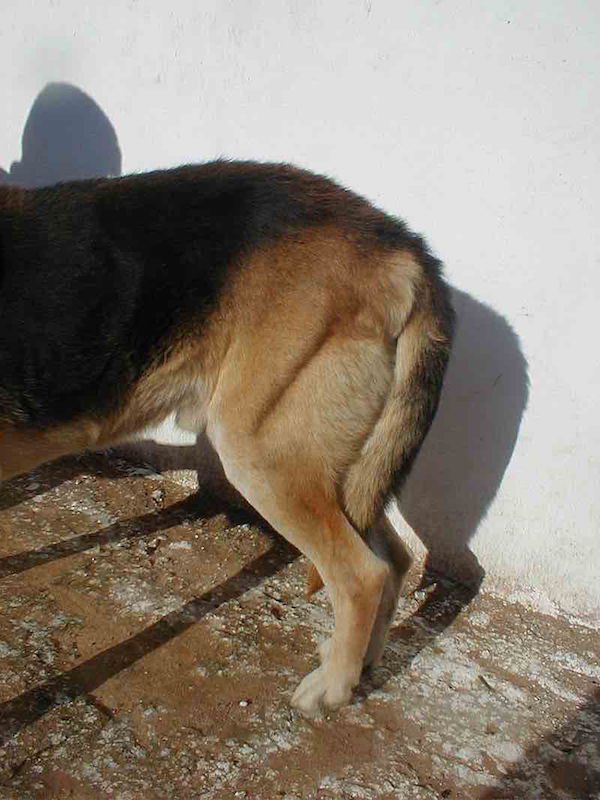

As hip dysplasia progresses the following symptoms may appear:
- Muscle waste in the hind quarters
- Arthritis (especially in later onset)
- Very reluctant to be touched
- Unexplained aggressive behavior (read more on sudden aggression, and the high probability of hip dysplasia)
In the video below, a young boxer displays a few symptoms of hip dysplasia.
Diagnosis
Veterinarians will examine a dog and look especially at joint looseness (or laxity), in the hips, which is an early indicator of the disease. In older dogs they will look for a loss of muscle mass in the thigh muscles and enlargement in the shoulder muscles (due to muscle compensation).
The primary test will a laxity test (Ortolani sign). For this, a dog will likely be given a general anaesthetic so that the vet can rotate the hip joint without causing discomfort to the dog.
X-rays are critical to see how far advanced the degeneration is and if it has affected the dog’s spinal cord in any way.
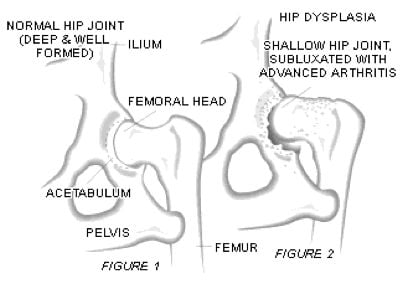

Figure 1 (left) shows a dog with a healthy hip joint. Figure 2 (right) shows a dog with advanced arthritis in the hip joint.
The vet will also take a blood chemical profile, which includes a blood count, electrolyte panel and urinalysis. Any information you may have on your dog’s lineage/parentage is also helpful. However, it should be noted that a dog’s parents can be completely clear of hip dysplasia and still produce dysplastic offspring.
The earlier the disease is diagnosed, the better the treatment options available. This is because the longer the condition continues undiagnosed, the further the degeneration of the joints will occur.
If you suspect your dog may have hip dysplasia, or you have a breed of dog more prone to the disease, bring him/her to a veterinarian for diagnosis.
Treatment
Treatment of hip dysplasia can be treated either conservatively or through surgery. Treatment options will often depend on the dog’s age, size and the progression and the type of dysplasia (if it is early or late onset). The severity of the joint looseness will factor into whether to go the route of surgery or conservative therapy.
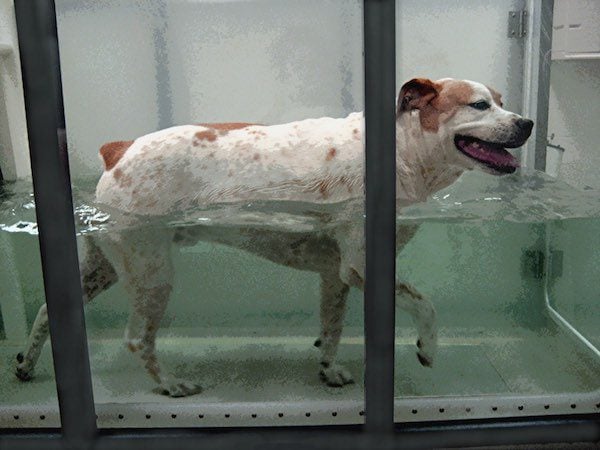

Outpatient/Conservative Therapy
Conservative therapy includes medication and physical therapy as a means of management of the disease. This can include:
- Weight control. If a dog is overweight, weight control helps with recovery, as it decreases the pressure applied to the painful joint and reduces inflammation. You and your veterinarian will come up with a plan to minimize any weight gain. In puppies, special diets designed for rapidly growing large-breed dogs may also decrease the severity of hip dysplasia by helping the puppies bones and muscles grow at an appropriate speed for proper development.
- Pain relief medications (analgesics)
- Anti-inflammatory medications
- Nutritional supplements (such as glucosamine, chondroitin sulphate, perna mussels/green-lipped mussels, Omega-3 Fatty Acids)
- Massage and Physical therapy. Exercise that is low impact and involves muscle building and maintenance is highly recommended. Such activities include walking and jogging and especially swimming (including hydrotherapy). Vigorous activities, such as jumping or frisbee, which place additional pressure on the joint, should be avoided.
For osteoarthritis, degenerative arthritis medications called polysulfated glycosaminoglycans or PSGAGs may be prescribed (e.g. pentosan polysulphate). These medications are naturally occurring components of the joint cartilage and increase joint fluid production. It is recommended to keep an arthritic pet warm and out of cold, damp and drafty environments in order to be more comfortable. Orthopedic foam beds also help many dogs with arthritis.
Surgical Treatments
There are several forms of surgery that are employed for treating hip dysplasia. Your veterinarian will make recommendations based on the age and condition of your dog.
- Juvenile Pubic Symphysiodesis surgery (JPS) – is performed on dogs that are younger than six months old. The ideal age for JPS appears to be 4 months. The surgery involves fusing part of the pelvis together to improve hip joint stability. In essence, the JPS has the same effect as bilateral Triple Pelvic Osteotomy (TPO), except that it only requires one procedure. Intact puppies should be neutered at the time of the JPS to avoid unethical breeding. JPS is much less invasive and costly that TPO surgery.
- Triple Pelvic Osteotomy (TPO) – is a stabilizing reconstruction of the hip joint. It is usually performed in young dogs (under a year old) with poor coverage of the femoral head. It helps stop subluxation and laxity which lead to severe arthritis. If there are early signs of degenerative joint disease (DJD) of the hip, it is debatable whether a TPO is a good option. The TPO is usually reserved for dogs with subluxated, but otherwise good, hips. When bilateral TPOs are needed, most surgeons will stage them one or two months apart. It has been established as a reliable surgical treatment in cases which meet the appropriate selection criteria.
- Femoral Head Ostectomy (FHO) / Hip replacement – is a “salvage” type surgery usually done on mature dogs who are not responding well to conservative therapy and who are suffering from severe osteoarthritis. Most dogs will handle this type of surgery, with acceptable hip function after the recovery period. It involves removing the femoral head and neck and suturing the joint capsule. It is recommended that a dog be at a healthy weight prior to surgery, as FHO is not recommended for overweight dogs. Physical therapy will be necessary after the operation. Small and medium dog breeds usually do very well after FHO surgery. Larger dogs have a more unpredictable outcome, but typically become more comfortable.
- Total hip replacement (THR) – consists of replacing the socket with a high molecular weight polyethylene plastic, and the ball with a cobalt-chromium or titanium metal alloy. Special bone cement (polymethyl-methacrylateis) is used to hold these implants in place, although there are cementless systems or combined systems that are employed as well. In essence, THR provides a dog with an artificial hip. A dog must have finished growing prior to this surgery, which is generally between 9 to 12 months of age. Generally, THR are placed in dogs weighing 40 pounds or greater. A dog with arthritic hips that has pain-free, normal function is not a candidate for THR. THR is an expensive procedure, but has a high success rate. Dogs are found to be more comfortable and have an improved quality of life with over 90% success.
- Excision arthroplasty – is performed when hip replacement surgery is cost-prohibitive. In this surgery the ball of the hip joint is removed, leaving muscles to act as the joint. This surgery works best for dogs weighing less than 44 pounds, and for dogs with good hip musculature.
As with any surgical procedure, complications can arise as any surgery involves a degree of risk. These can include infections, dislocations, fractures of the femur, loosening of the implants and nerve damage. However, in general, these complications occur in a low percentage of cases.
Prevention
If opting for a pedigree dog, find a responsible breeder.
The common belief is that if two dogs with no hip dysplasia become parents the defect would then disappear in their offspring. This is simply not true. Two radiographically sound dogs may still produce dysplastic offspring if the genes responsible for this disease are present. However, selective breeding is crucial in reducing the probability of dogs getting hip dysplasia.
Responsible hobby breeders will ensure their dogs have a healthy lineage that can be traced back for several generations. They will also look for balanced musculature in the rear limbs, which lowers the incidences of dysplasia. For someone looking to purchase a dog, the best way to lower the possibility of getting an animal that develops hip dysplasia is to examine the incidence of hip dysplasia in the litter’s lineage. It is best to examine the parents and grandparents out to three or four generations.
Unfortunately, puppy mill operators and backyard breeders will pay little care to the genetic health of sires and dams and there will likely be a higher probability of hip dysplasia in offspring from disreputable breeders.
Nutrition.
It is important for dog owners to educate themselves on the nutritional needs for their puppy and dog. When a puppy has a genetic predisposition to hip dysplasia is present, feeding a high calorie, high protein diet which produces rapid weight gain will increase the likelihood of the disease developing because bones and musculature grow too rapidly.
Overfeeding a dog, and causing obesity will also exacerbate dysplasia by causing joint inflammation and placing extra pressure on joints.
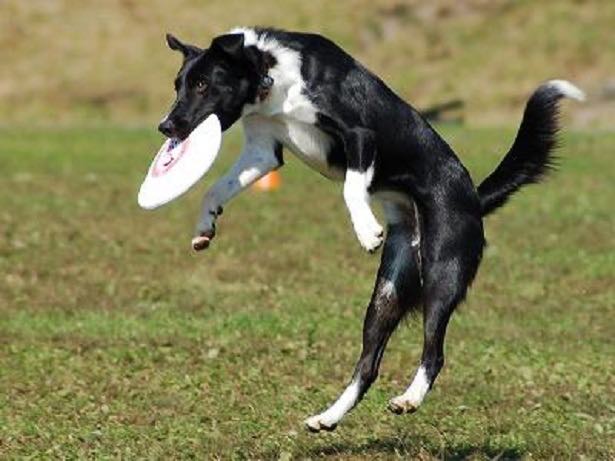

Balanced exercise.
High-impact activities such as jumping (especially on hind legs only) puts extra strain on a dog’s hind quarters which can lead to deterioration of the hip joints. It is important to avoid repeating activities that can cause repetitive strain or that are unnatural to a dog’s movement.
Once a dog has been diagnosed with osteoarthritis or hip dysplasia, dog owners should follow the recommendations for exercise and nutrition recommended by veterinarians.
The majority of dogs with hip dysplasia are able to live active lives when their condition is managed effectively. Owners who take the appropriate steps and have a treatment plan mapped out with their vet will help dogs with hip dysplasia live full lives.

